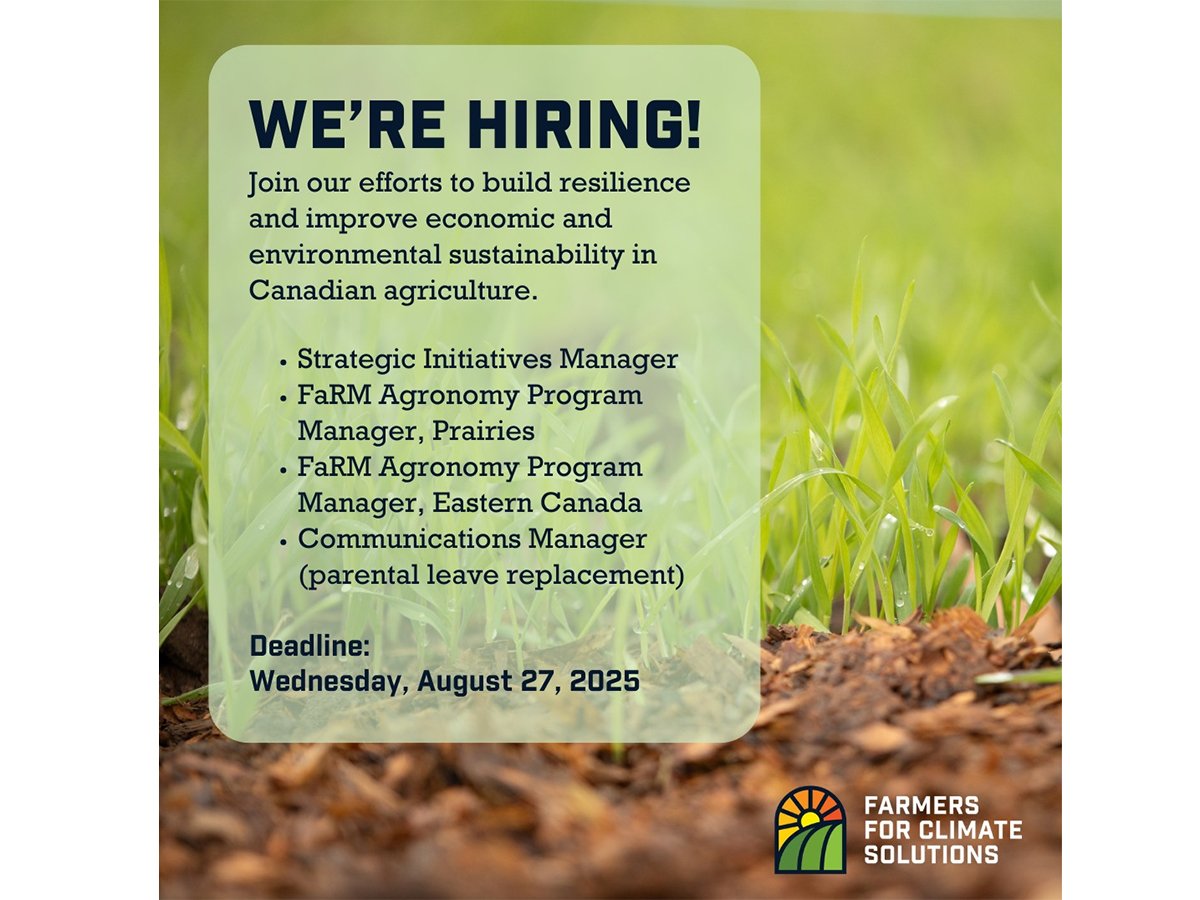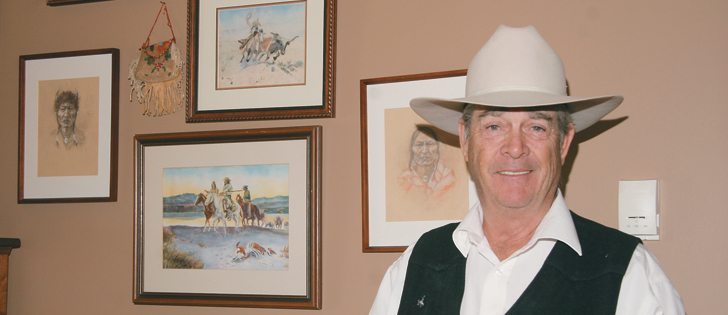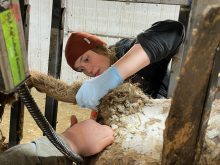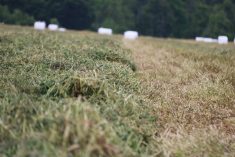NANTON, Alta. — A lone deer bounces through the tall grasses and forbs before it disappears into a grove of trees ablaze with fall colours.
Hawks drift overhead.
“We’ve got lots of everything here,” said Clay Chattaway, whose family has been taking care of the Bar S Ranch west of Nanton in the Porcupine Hills for nearly 100 years.
The historic ranch comprises 20,000 acres of deeded and lease land with shares in the Waldron Grazing Co-op to the south. It was awarded the Alberta Beef Producers 2015 environmental stewardship award to recognize the family’s nearly 100 years of dedication caring for the land, water, livestock and wildlife.
Read Also

Environmental farm group has Ottawa’s attention
In 2021, Farmers for Climate Solutions published a report on how Canada should reduce emissions from agriculture. Not long after, the federal government implemented most of the recommendations in the report.
Clay’s grandfather, Rod Macleay, bought the original property from entrepreneur Pat Burns in 1919, and it was eventually passed on to the Macleay’s daughters, Dorothy Margaret and Gertrude Maxine, who was Clay’s mother.
The family has developed a keen sense of history, which includes Clay’s long-term project of writing his father’s biography.
Maxine Chattaway was a talented water colourist and sculptor and along with her sister, produced the Rocking P Gazette, which they wrote and illustrated around 1923 to depict local news. The newspaper is now archived at the University of Calgary.
Ranches in this area look like wide open spaces, but at one time the area had 60 homesteads, of which 54 were occupied. The land was not suited to cultivation and has reverted back to rangeland.
“With the homestead regulations, they had to ‘improve’ the land,” Clay said.
In his opinion, ranching im-proves the land, and there is no cultivation or farming on this place.
These days, Clay and his wife Avril live on the property with three sons and their families.
Morgan and Scott work on the ranch, while Chris works on reclamation and remediation in the oil patch but is available for major jobs.
This is a modern ranch where the entire family pitches in as cow hands. Much work is done the old fashioned way on horseback, but there are likely Tim Hortons coffee cups in the truck.
The family tracks their cattle’s performance using sophisticated databases and high speed internet. Electric fences have replaced barbed wire, and fewer people are needed to do the work.
“Labour requirements here aren’t anywhere near what they were when I was 20 years old,” Clay said. “We used to have upwards of seven to eight people to do haying, and now maybe we need three or two.”
Decisions are made by consensus. Record keeping is essential, and annual plans are required to manage the large tracts of grazing land. Clay’s grandfather kept records in what he called a cattle log, and information is maintained to this day.
The ranch is a verified beef cattle operation through Canada’s beef on farm food safety program, and an environmental farm plan has been completed.
Clay’s father often said every year is a dry year and some years are drier than others. The area usually receives 450 to 550 millimetres, but this year rain was infrequent, so the forage crops are average. There was good subsoil moisture for an early surge of grass, but not much regrowth followed.
That is when tried and true management comes in.
The ranch is a commercial cow-calf and yearling operation, which turns out its own yearlings as well as purchased cattle on grass. If forage supplies are low, these cattle can be sold and the cow herd can stay intact.
The goal is year-round grazing, but weaned calves are fed hay before turning out for the winter.
“If we get the kind of winter we want, we don’t have to feed a cow,” he said.
They use Beefbooster bulls on cows that weigh around 1,100 pounds or less.
“An efficient grazing animal looks after herself, raises a calf, and the environment dictates that she is not very big,” Clay said.
“Most people who ranch in this part of Alberta still ranch on the same premise that the cow has to look after herself.”
The grazing plan is common sense.
“The more places you can keep cattle off, the more grass you have got in recovery, and that is the basis of grazing,” he said.
“People use the word rotation. It is a grossly over-used phrase. What it is in a ranching environment is planned grazing. You plan where to be and where not to be.”
Electric fencing has tripled the number of fields on the ranch. There are an average of five herds, and each herd has 15 or more paddocks it can graze to allow vegetation to recover. In some cases, this allows for grazing multiple times.
Each paddock is managed to leave plenty of cover and more than enough forage for wildlife.
The ranch once used fences to keep cattle out of patches of larkspur and other toxic plants, but cattle are now either put into those areas before the weeds become poisonous or are moved through quickly so that they don’t eat enough to be harmed.
The highest point on the ranch is 5,000 feet, while the main ranch buildings are at 4,000 feet.
Springs throughout the high ridges are a blessing.
The family has installed 18 to 20 off-stream watering systems, in which large tires from the mining industry have been converted into troughs sitting on cement pads. The gravity fed springs keep the troughs full of cold, clear water that does not freeze. The overflow runs into a nearby creek.
“They still drink out of the creek, but they choose to drink out of a place that is easier to get to like this,” Clay said.
“We are at the top of the watershed, and if there is snow at the top of the watershed we get runoff.”
Understanding the region’s ecosystem is part of a multigenerational plan based on sustainability in which they take care to manage the land and water that was already in pristine shape when they inherited it.
To view the Rocking P Gazette, visit ucalgary.ca/rocking-p-gazette.
















